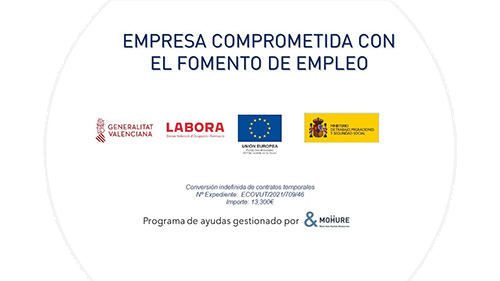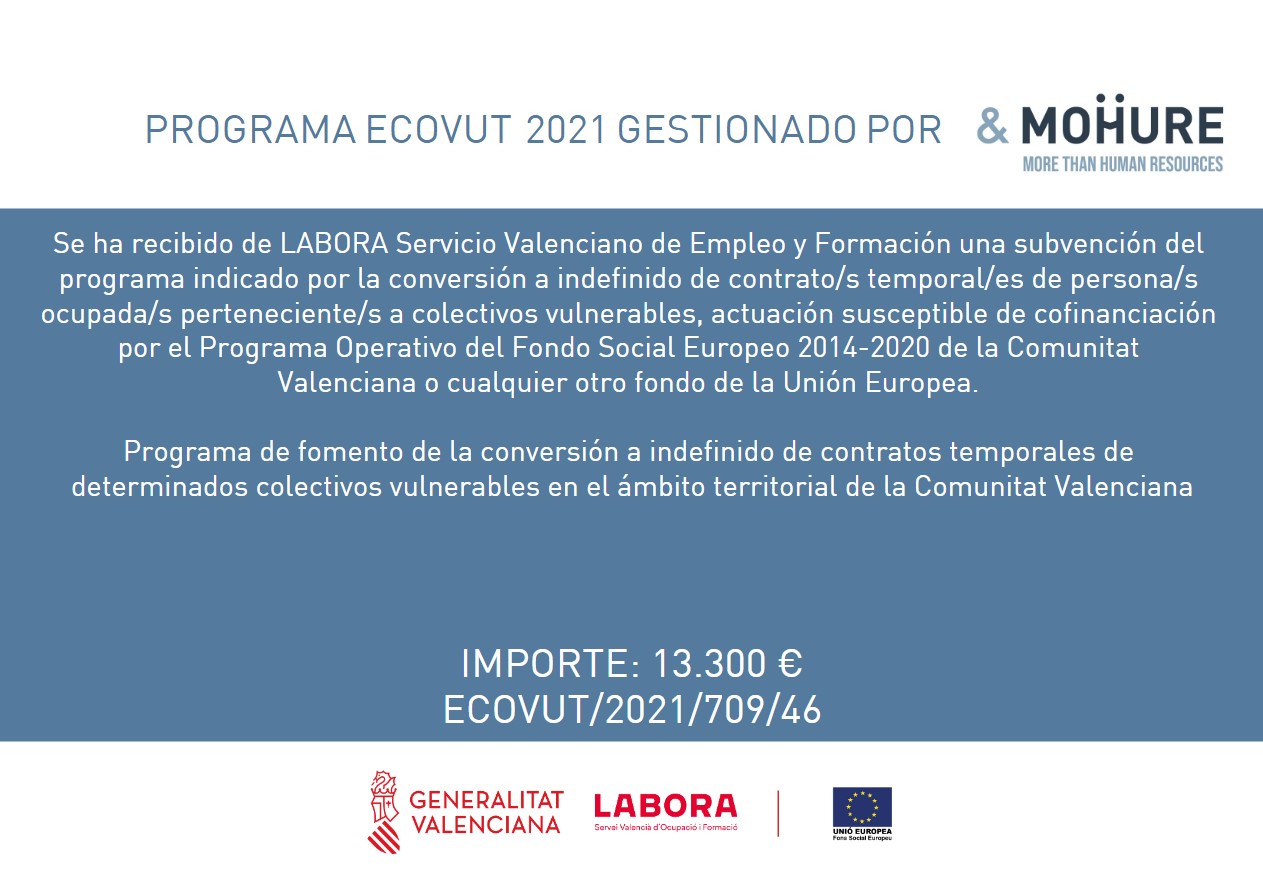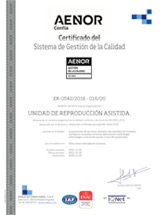Cryopreservation
Even though freezing the embryo may decrease somewhat their viability, our percentage of pregnancy with embryos thawed is increasingly similar to the transfers with fresh embryos. This is because we use a freezing technique called vitrification which has a great advantage, over the conventional freezing method, of obtaining better surviving results in thawed embryos. It greatly improves the pregnancy rate and resembles to the transfer of fresh embryos surpassing the 40%.
If we compare vitrification with the classical freezing method, vitrification cools the cells in a very fast way, at a speed of more than 15.000ºC per minute. This avoids the formation of ice particles from the water they contain and that would harm the embryo. The vitrification forms a sort of gel that doesn’t harm the cells and therefore significantly increases the chances of success.











